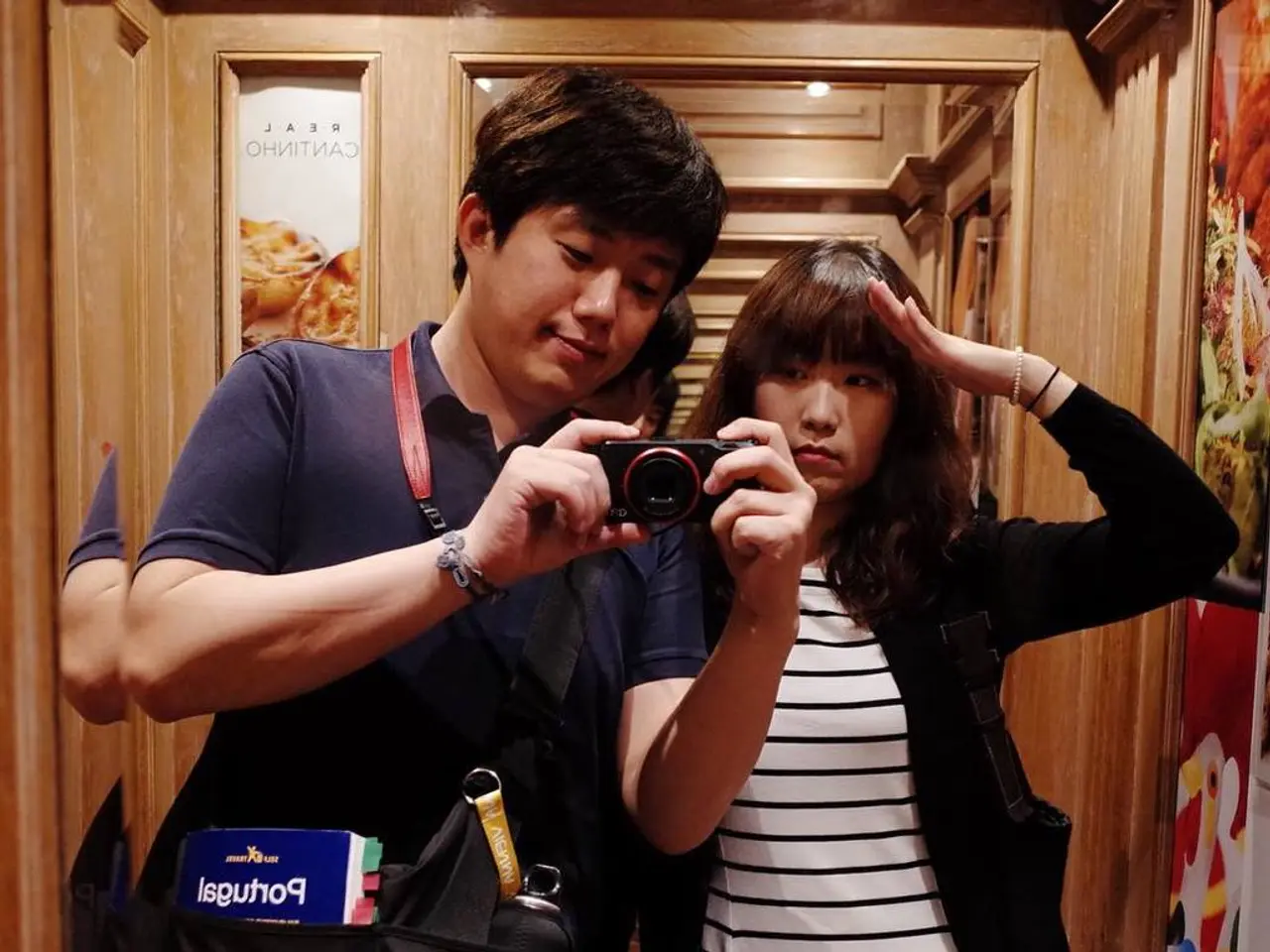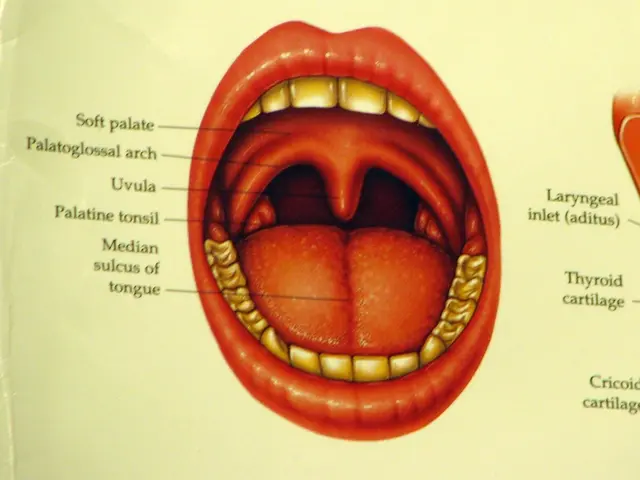Cross-Cultural Examination of Body Image Perception: Investigating Variations and Media's Impact
================================================================================
In a world where cultural norms, values, and media play significant roles in shaping our perceptions, it's crucial to understand their impact on body self-image and self-esteem across different cultures.
Cultural Norms and Values
Different cultures have unique beauty standards that can impact self-esteem. For instance, in historical cultures like ancient Egypt and the Han dynasty, certain physical features were associated with social status, wealth, or spirituality. Fast forward to the present day, and we see regional variations in beauty ideals. In some cultures, full-figured frames were once seen as symbols of wealth and power, while in others, like in certain Asian cultures, pale skin and delicate features were highly valued.
Globalization and colonialism have also transformed traditional beauty ideals, particularly in Asian cultures, leading to internal conflict among individuals.
Media Influence
Media, including social media, has a profound impact on body self-image and self-esteem. Social comparison facilitated by social media often leads to body dissatisfaction as individuals compare themselves to idealized images of others. The influence of media varies across cultures, with intensified effects in places like India where traditional beauty ideals combine with social media pressures.
Media representation can perpetuate harmful stereotypes, such as those impacting Asian American women, contributing to self-objectification and low self-esteem.
Intersectionality and Identity
The intersection of cultural norms, media influence, and personal identity can further complicate body self-image and self-esteem. Asian American women face dual pressures from both traditional Asian values and Western beauty ideals, leading to complex self-image issues. Historical and cultural trauma can also influence how individuals perceive their bodies, often leading to conflicted self-image experiences.
Promoting Positive Body Image and Self-Esteem
Education on body acceptance and diversity can be effective in promoting positive body image and self-esteem. Encouraging physical activity that is enjoyable and inclusive can also help. Positive self-talk and self-compassion are essential tools in this journey. Exposure to diverse media images can promote body acceptance and self-esteem among young women.
Cognitive-behavioral therapy (CBT) can help individuals challenge and change negative thoughts and behaviors related to body image and self-esteem. In some African cultures, a larger body size is considered attractive and a sign of health and fertility.
A Multi-Faceted Approach
A multi-faceted approach that is sensitive to cultural differences and values is needed to promote positive body image and self-esteem across cultures. Media literacy programs can teach individuals how to critically analyze and resist media messages that promote unrealistic and harmful body ideals. Cultural factors can influence the way bodies are perceived and the level of importance placed on physical appearance. The "ideal" body type varies widely across cultures and ethnic groups.
In conclusion, cultural norms, values, and media together create a complex environment that influences body self-image and self-esteem, with variations across different cultures and identities. Understanding and addressing these influences can help promote positive body image and self-esteem globally.
- Aside from cultural differences, schools can incorporate study programs that emphasize health-and-wellness, mental-health, and lifestyle education, helping students understand the importance of self-acceptance and body positivity.
- In the realm of fashion-and-beauty, accountable industry practices should be advocated, ensuring representations are diverse and free from stereotypes, promoting body acceptance and self-esteem among all.
- The examination of the impact of media on self-esteem should also consider the effects on mental-health, as consistent exposure to unrealistic ideals can lead to negative thoughts and behaviors.
- Science can play a crucial role in understanding the interplay between cultural norms, media influence, and self-image, providing valuable insights to develop interventions promoting positive body image and self-esteem.
- By advocating for intersectional approaches, we can strive to create an inclusive environment where individuals from various cultures and identities can feel confident in their own bodies and experiences, fostering overall health and well-being.




